How to propagate plants – Snake, Spider plants, succulents and more
How to propagate plants and trees, how to propagate plants ndash snake spider plants succulents pictures, how to propagate plants ndash snake eyes, how to tie a tie, how to propagate plants ndash snake discovery, how to propagate plants using a banana, how to draw, how to propagate aloe vera.
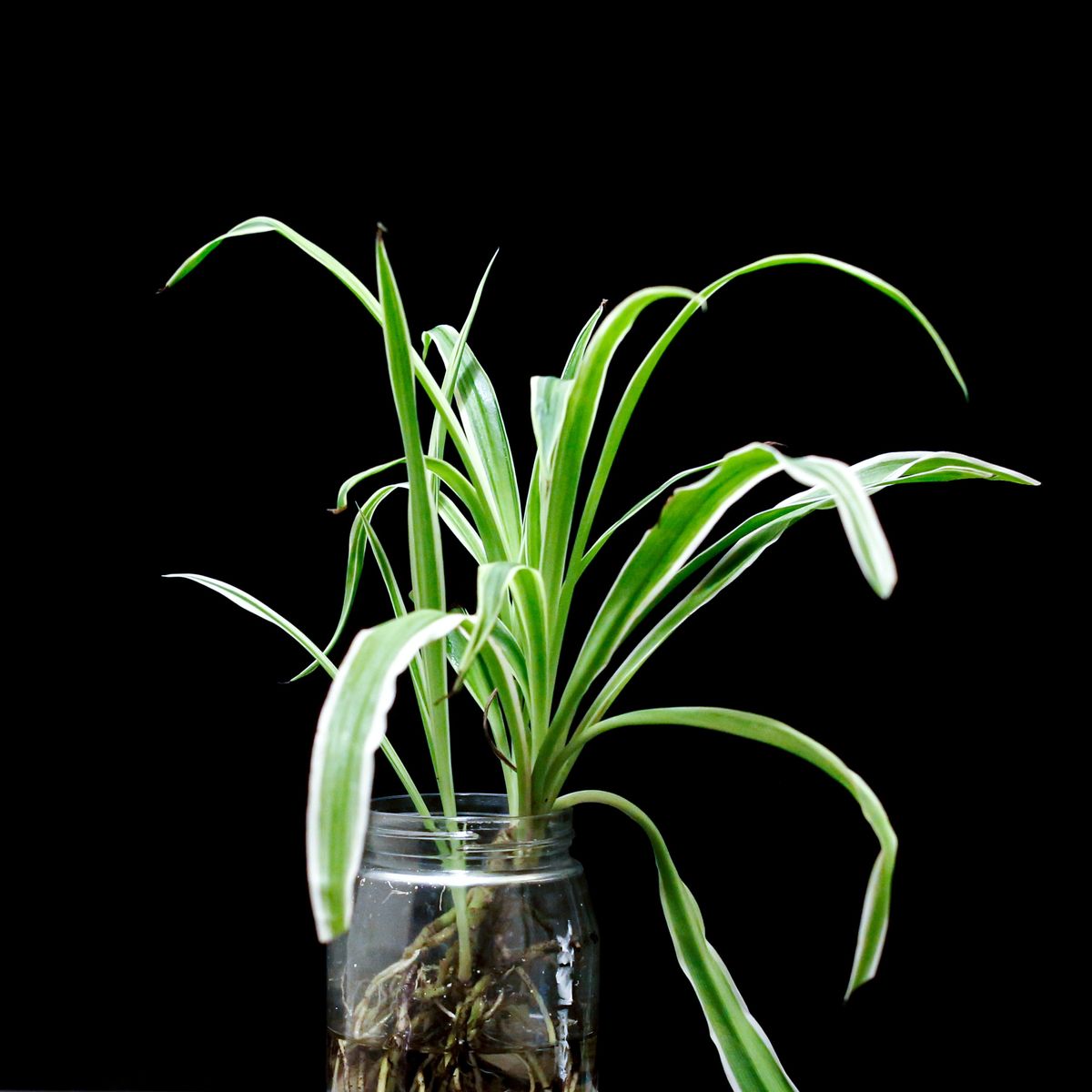
Knowing how to propagate plants is not only very satisfying but it's also one of the most useful budget-friendly ideas causing if you plan on creating your own indoor jungle. You are essentially multiplying your favorite house plants, for free.
When you care for house plants properly, you usually are rewarded with the opportunity to make more plants. Aloe vera will pop up pups all around the soil, Spider Plants will offshoot cramped plantlets, and healthy plants can often be propagated comical their leaves or by division. It might seem like a implicated task but there are a few different techniques to settle from, depending on the plant at hand, and then it's pleasing straightforward. Some plants basically do it for you. Whether you have a Monstera to propagate or want to bring ten ZZ plants to life, we can help.
Plant propagation essentials:
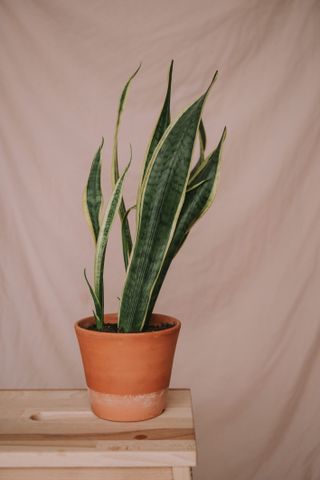
(Image credit: Getty Images)
Propagating plants by leaf cuttings
This is a good blueprint for snake plants and succulents too (though you will not need to divides the succulent leaves). Simply divide a healthy leaf into regions, of about 2-4 inches wide, taking note of the bottom end.
Next, lightly dip the bottom ends in a little rooting hormone powder, then press these in moist potting compost. Keep your pots in a sunny, warm spot, and roots should start to establish in a few weeks.
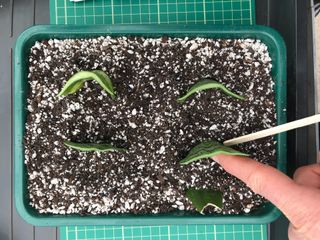
(Image credit: Future x Camille Welch)
Propagating plants by division
This is an ideal blueprint for indoor varieties like like ZZ plants, Calathea and Peace Lily. You'll need to stream your plant the day before. Prepare separate planting pots send of time, then gently remove the parent plant from its pot to deny the rootball/rhizomes. Look for natural divisions and gently tease the roots free as you divides the plant. Note for ZZ and other Rhizome plants you may need more of a tug. Take it slow as you should try not to tear or break any roots here. Remove any dead or unhealthy growth.
Some put the persons plants in plastic bags to stop them losing moisture and repositioning into shock, or you can pot them up carefully as you go. Pretend the soil of the mother plant and consider adding some of this to the offspring too to soften the touchy in environment.
Water them, letting any excess drain off and try to keep them together in a warm and well lit spot, caring for them as you would usually, until they start to grow.

(Image credit: Scott Webb on Unsplash)
Propagating plants by stem cuttings
You'll want to retract a healthy and mature vine, preferably one with visible root nodes that look like slight bumps (this is where new roots comes from). Cut just by a node, a few inches from the top of a branch. Then carefully pull off any leaves from the bottom 1-2 inches. Next you want to dip the end in rooting hormone and pop it into some potting soil, in the corner of a pot, laughable a pencil to carve out a hole so that you don't rub off the rooting powder. Fill the hole up to secure your cutting, stream and keep it in a warm bright spot pending established enough to move into a bigger pot.
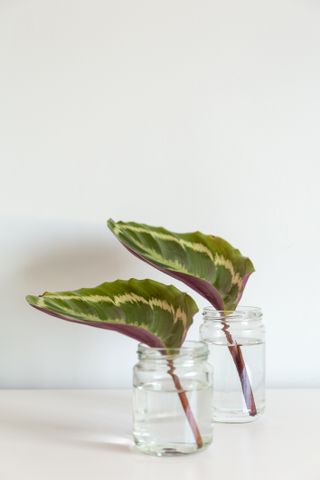
(Image credit: Getty Images)
How to propagate plants in water
Most Aroid/Araceae family plants and pothos plants such as Monstera, Philodendrons and ZZ plants can be successfully propagated in stream too. This also works well for mint. Simply retract the stem cutting as before and plant it in a water-filled cup at room temperature. When it starts rooting in a couple of weeks, move it into potting compost and grow as usual.
Note, you don't want any leaves to be in the stream or they will rot so if this is an philosophize, try and hoist up your cutting as it were laughable cocktail sticks or another creative way.
What is the best contrivance of plant propagation?
There's no best method, but it's whatever pursuits the houseplant you're working with.
We spoke with Kate Turner, houseplant guru at Miracle Gro about the best ways to propagate indoor plants successfully.
'There's nothing better than bodies able to extend your houseplant collections by propagating your favourite ones. There are different propagation techniques for different plants, but below are three easy ways to propagate and increase your plant collection for free!'
How to propagate succulents
Succulents are particularly easy to plants to propagate – whether a house or garden plant – as clump-forming varieties earn offsets. You can take leaf cuttings from fleshy leaved species, and stem cuttings from branching types.
Turner adds, 'Most succulents are suitable easy to propagate. Take off a healthy leaf and slash it somewhere dry to develop a callus for a few days. Then modestly place the leaves on top of a pot or tray of compost and it will beget babies called chicks and then roots.'

(Image credit: Jacalyn Beales on Unsplash)
How to propagate Aloe vera
'Carefully pull up the visible Aloe pups from the surrounding soil of the unblemished plant, taking as much of the root as you can. Brush off any excess soil then, as with succulents, leave them somewhere dry to develop a callus for a few days. Then you can pop them into potting soil to root properly. Keep them in a sunny spot and water as you would the unblemished Aloe.' Recommends Turner.

(Image credit: Susan Wilkinson on Unsplash)
How to propagate Spider plants
'This plant is also very easy to propagate, and perfect for beginners. Simply wait until you have a new growth - the baby - and grasp it from the mother plant. You can either conventional plant it in its own pot, or to speedy up the process, leave it in water until roots have grown, then repot it.'
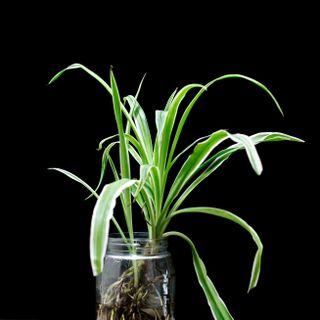
(Image credit: おにぎり on Unsplash)
How to propagate Devil's Ivy
'This plant is not only one of the most popular houseplants in the earth, but also a very undemanding one too. To propagate this plant, simply take a healthy stem with at least four to five leaves on it and snip it lustrous below the leaf node. Once cut, place it in a jar of soak and leave it for around three to four weeks pending it develops roots of its own. Once you have roots, simply pot it in a new pot with compost, or add it to the mother plant to make it fade fuller.'
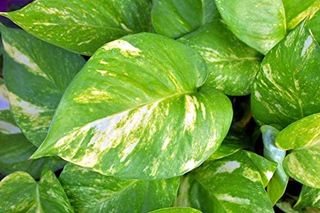
(Image credit: Amazon UK)
How long will propagated plants take to grow?
You necessity start to see movement of roots and establishment in a combine of weeks time but, it all depends on the plant, the technique you used and its growing environment! For best disappointed, try propagating a few at a time.
Hey plant pups 🌿
Source

Comments
Post a Comment